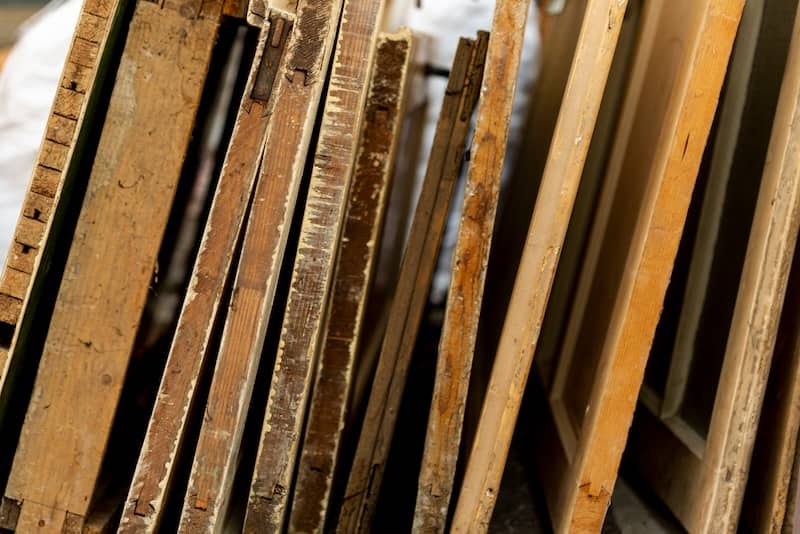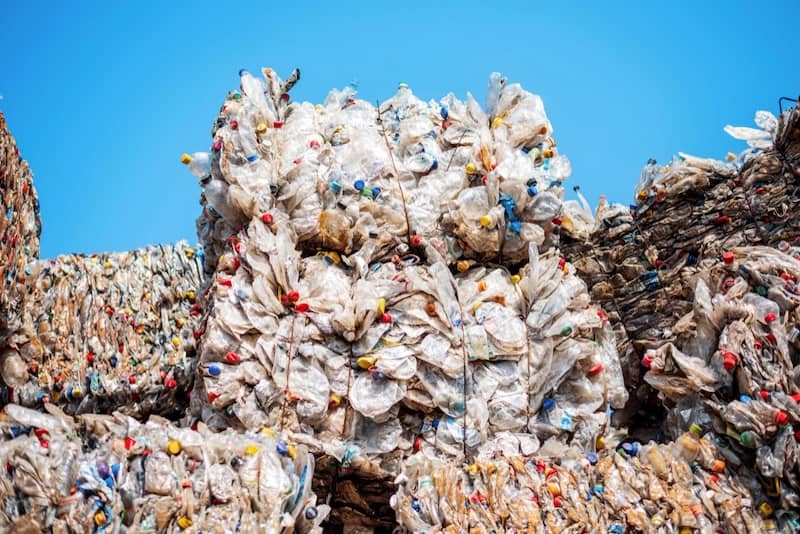What are tires made out of? If you asked people on the street, it’s likely most would tell you they’re made of rubber. However, if tires were only made out of rubber, they would only last for a short time on the road.
To improve their function and durability, tire manufacturers add steel and nylon to give the tires a long life span on the road. Once worn out, these added components make disposing of low-tread tires problematic. Unlike soft rubbers, tire rubber is vulcanized, an irreversible chemical reaction that hardens tire rubber and makes it impossible to melt down and remold into new tires. And because the rubber doesn’t decompose and contains toxic chemicals, throwing them away is an environmental hazard.
All these factors have led to the development of many different ways of recycling tires.
Imperfect Recycling Methods
Recycling tires hit it big in the 1990s. Millions of discarded tires were causing dangerous tire fires, which are difficult to extinguish. They also provide a habitat for pests and float to the top of landfills. Incinerating tire scraps wasn’t an option either because they release toxic chemicals and pollutants, exacerbating environmental hazards.
As an alternative, tire recyclers ground them into small pieces called “crumb rubber” and repurposed them for playgrounds, sports surfaces, road construction, and building insulation. While this is a viable industry for many tire recyclers, the supply of used tires in some places is higher than demand for sports turfs and playground surfaces.
The Green Steel Story
With the limitations of existing practices and the potential for further environmental harm, one of the most innovative solutions emerged in Australia, Green Steel. Award-winning scientist Veena Sahajwalla, from Mumbai, India, pioneered this groundbreaking technology. She was the top of her class and the sole female engineering student in Vancouver, BC. In 2008, she became the Founding Director of the SMaRT Centre at the University of New South Wales (UNSW) in Australia, dedicated to sustainable materials research and technology.
At first, she focused on the issue of plastic waste and reducing fossil fuel emissions. Since plastic is made out of carbon and hydrogen, Veena pioneered a way to use its constituent parts in steel production. Steel is traditionally made by burning fossil fuels, mainly coal. By using the elements that make up plastics, fossil fuel use drops dramatically.
Rubber from tires has these same essential elements, so SMaRT’s work applied similar engineering and innovated the tire recycling industry. Green Steel hits two birds with one stone by minimizing coal and coke usage in the steel-making process and by reducing the number of waste tires in the environment.
The Impact
In Australia, Green Steel has diverted over two million tires from landfills, transforming them into the base inputs for steel manufacturing. While Australia has a lot of space to store used tires, they also frequently combat rampant fires, an issue waste tires only worsen. Getting rid of tires from the sides of the road and landfills not only saves the natural environment but also can reduce the chance of damage and unwanted pests in Australian homes.
Green Steel is also helping reduce steel manufacturing’s climate impact. This environmentally friendly approach emits 80% less carbon than traditional steel production methods. Steel is everywhere. The industry is also a major emitter of greenhouse gases. So decreasing the CO2 output of the steel industry is likely as effective as thousands of people turning to a plant-based diet when it comes to combating the climate crisis.
Lessons from Green Steel
- Break things down to their basic parts. By focusing on the chemical makeup of tires, Green Steel has been able to use waste material in major industries. Traditional tire recyclers do the same thing by using specialized equipment, like tire shredders and granulators, to process tires into powder or crumbs. These smaller bits can then be applied to larger, more useful end products such as turfs or mats. Green Steel took this process a step further, and it is paying dividends.
- Don’t just focus on making money; focus on solving problems. Green Steel didn’t just try to turn discarded tires into profit. They connected the materials of tires and the problem of climate change and steel manufacturing. This meant the work had a deeper purpose beyond turning a profit, leading to a much more well-rounded form of success.
- Invest in research and technology. While it is possible to ‘recycle’ tires with no more than basic tire shredder equipment, investing in other machinery like the ECO Brain or a coloring machine gives your business model a leg up in the tire recycling world. Green Steel has been a success since they are based on an innovative framework. That means trying things that have never been done before, failing, and ultimately finding the niche that suits your circumstance and environment the best.
Tire waste poses a pressing environmental challenge, especially as global warming increases fire risk in the northern and southern hemispheres. Green Steel offers a game-changing solution. Veena Sahajwalla’s groundbreaking innovation showcases the potential to transform discarded tires into a valuable resource for steel production, reducing reliance on coal and coke. The lessons from Green Steel’s innovative journey can aid tire recyclers and other small businesses as they explore ways to combat society’s major issues.




